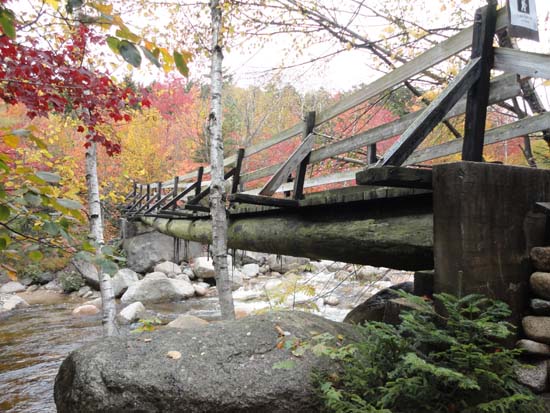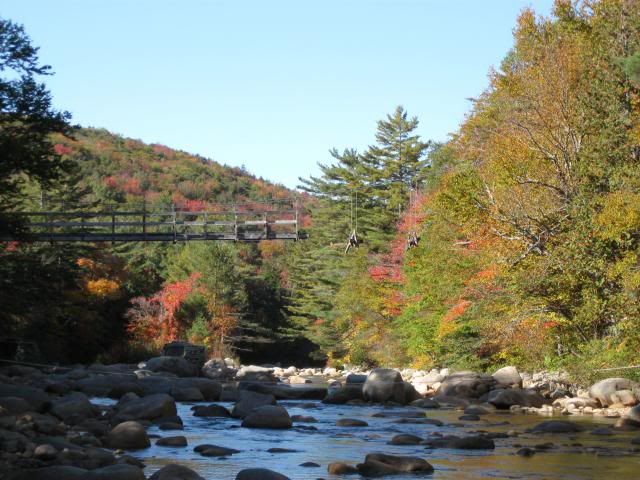DayTrip
Well-known member
- Joined
- May 13, 2013
- Messages
- 3,710
- Reaction score
- 125
I was plotting some rainy day loop hikes through various parts of Pemi Wilderness area and I'm curious if there are any updates to the various bridge issues mentioned in AMC Guide. My copy (I believe the most recent) mentions issues from 2011 and Irene for several trails and to check with WMNF for details.
In particular, I'm wondering if the suspension bridge listed as damaged on Thoreau Pond Trail (or was it Shoal Pond Trail?) is still there and still usable? Guide mentioned it had partial damage and had signs indicating one hiker at a time could still use. Is there a WMNF site for these things similar to the Road Status page they maintain for roads? And if it is gone or not usable does anyone know how difficult the crossing is there? I think Guide said bridge was 60' long.
Also, I know this was covered in a previous thread but I'm wondering how crossable the Pemi is at the spot where the old closed section of Wilderness Trail crossed on the bridge that was removed. I remember several people indicating it was doable but I'm curious exactly how low the water needs to be (i.e. if someone has correlated this to the USGS River Flow Gage data, such as "the day I did it it was knee deep and gauge was 400 cfs or whatever). And being "closed" means pass at your own risk or if a ranger sees you you'll be getting fined?
I'm plotting some fairly long loops through this area and these are some pretty remote places to run into issues requiring a turn around or substantial bushwhack along river. If anyone has any feedback it would be appreciated. Thanks.
In particular, I'm wondering if the suspension bridge listed as damaged on Thoreau Pond Trail (or was it Shoal Pond Trail?) is still there and still usable? Guide mentioned it had partial damage and had signs indicating one hiker at a time could still use. Is there a WMNF site for these things similar to the Road Status page they maintain for roads? And if it is gone or not usable does anyone know how difficult the crossing is there? I think Guide said bridge was 60' long.
Also, I know this was covered in a previous thread but I'm wondering how crossable the Pemi is at the spot where the old closed section of Wilderness Trail crossed on the bridge that was removed. I remember several people indicating it was doable but I'm curious exactly how low the water needs to be (i.e. if someone has correlated this to the USGS River Flow Gage data, such as "the day I did it it was knee deep and gauge was 400 cfs or whatever). And being "closed" means pass at your own risk or if a ranger sees you you'll be getting fined?
I'm plotting some fairly long loops through this area and these are some pretty remote places to run into issues requiring a turn around or substantial bushwhack along river. If anyone has any feedback it would be appreciated. Thanks.





